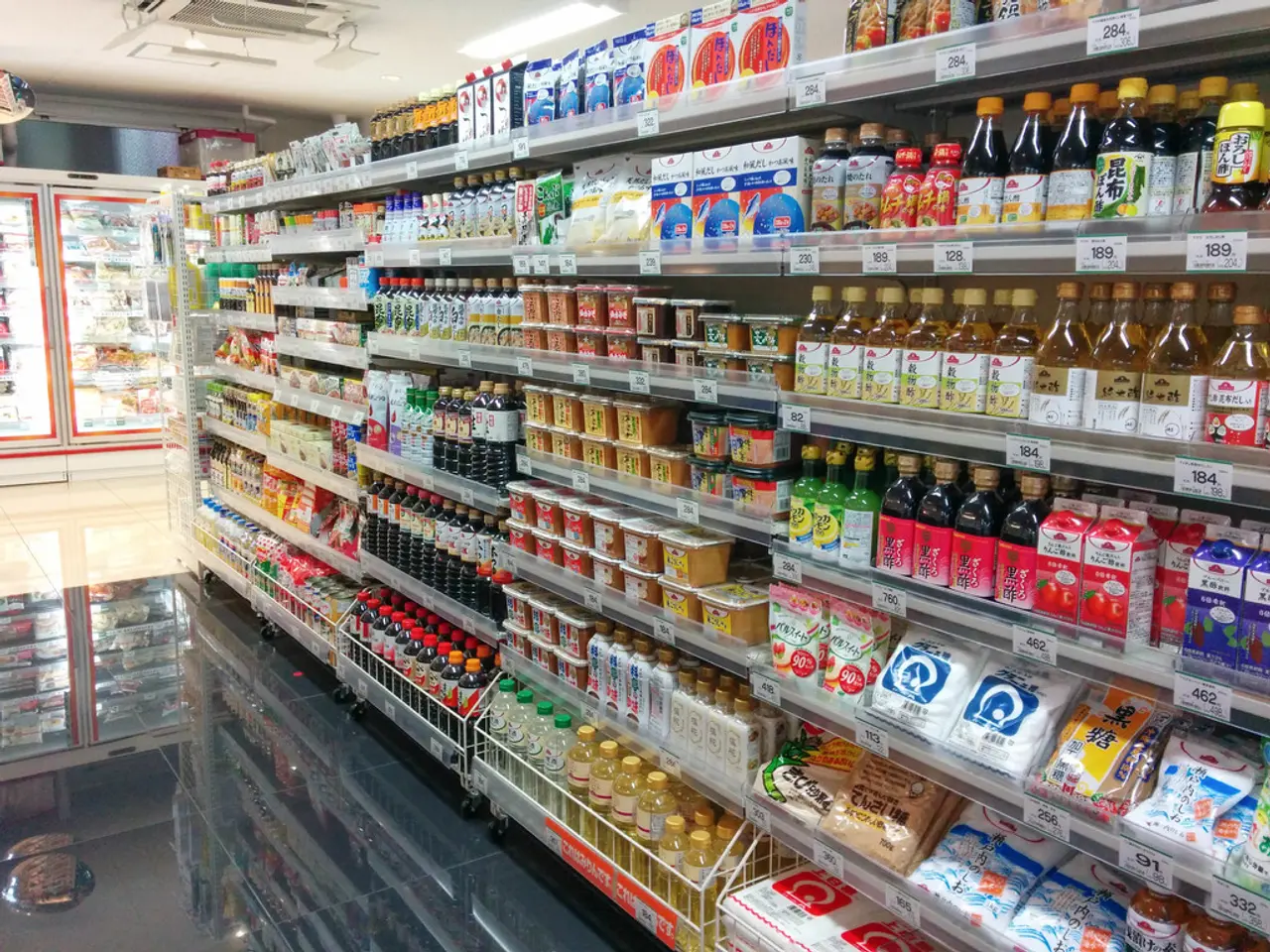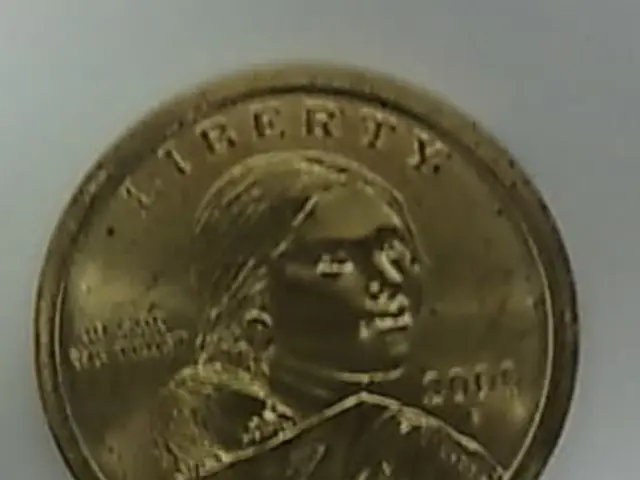Russia saw a 53% surge in individual currency purchases in July
In July 2025, retail net currency purchases in Russia saw a significant increase, amounting to 119.5 billion rubles - a 1.5 times jump compared to June's figures. This surge in demand for foreign currency appears to be a response to economic uncertainties, reduced net foreign exchange sales by exporters, and a weakening of the Russian rouble.
Key factors contributing to this trend include a late-July surge in demand for foreign currency from non-financial companies, which added to the ruble's depreciation. The Russian rouble weakened towards 80 per dollar in early August 2025, influenced by tensions surrounding anticipated U.S.-Russia diplomatic talks and declining export revenues. Furthermore, Russia's energy export revenues, a critical source of forex inflows, dropped by 27% year-on-year in July, putting pressure on the national budget and potentially stimulating increased currency purchases.
The increased retail foreign currency purchases have several implications. Firstly, they exert further pressure on the ruble's depreciation. Secondly, they complicate the Central Bank's attempts to stabilize the ruble via interventions. Lastly, they may signal diminished confidence in the domestic currency and economy, potentially foreshadowing inflationary or capital outflow pressures.
Central Bank Chair Elvira Nabiullina has urged Russians to use common sense when deciding to buy currency, emphasising that their behaviour on the currency market, where a floating rate applies, usually reflects their common sense. It's worth noting that July's retail net currency purchases exceeded the 2025 average monthly figures, which stood at 83.4 billion rubles. However, cumulative net purchases of foreign currency by individuals since the beginning of the year have decreased by 1.7 times, from 975 billion to 584 billion rubles.
These developments suggest continued challenges for Russia's currency stability and macroeconomic management, with the retail surge in foreign currency purchases in July 2025 reflecting broader economic pressures from falling export revenues, geopolitical uncertainty, and ruble volatility.
- The surge in demand for foreign currency from non-financial companies in late July 2025, as mentioned, has expanded the pressure on the ruble's depreciation and made it difficult for the Central Bank to stabilize the ruble via interventions.
- The increased retail foreign currency purchases, as observed in July 2025, might suggest a lack of confidence in the domestic currency and economy, potentially leading to inflationary or capital outflow pressures.






